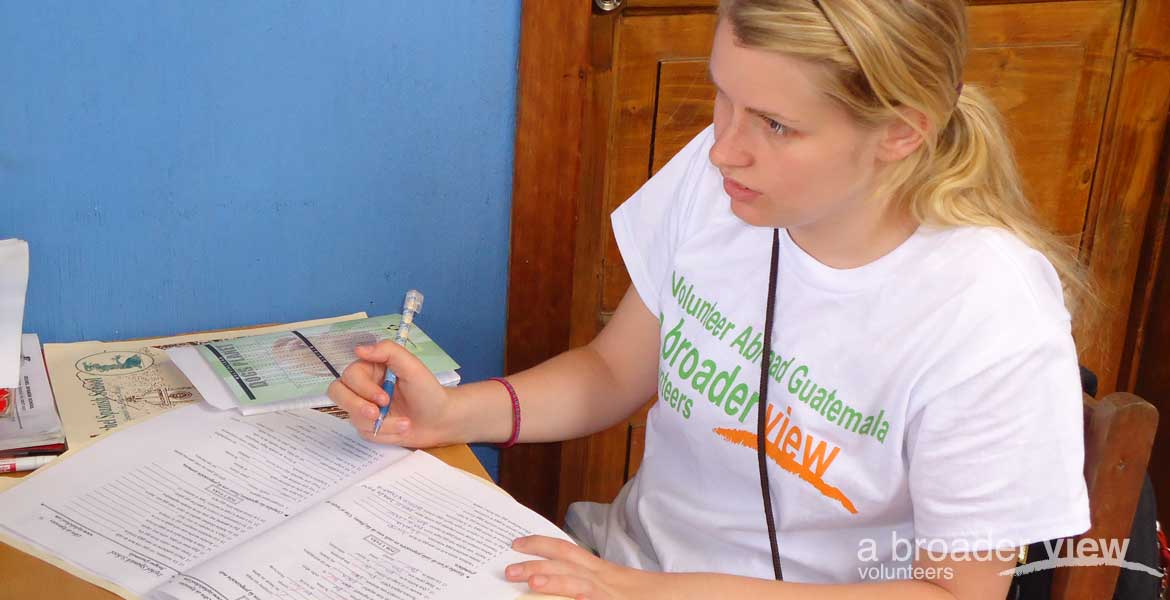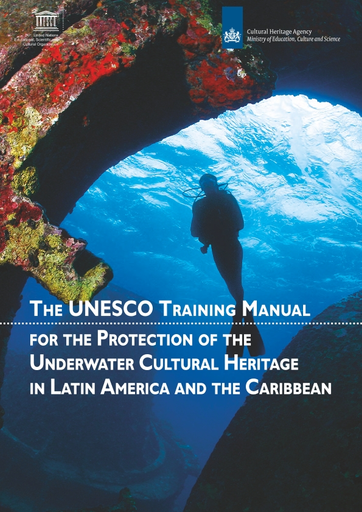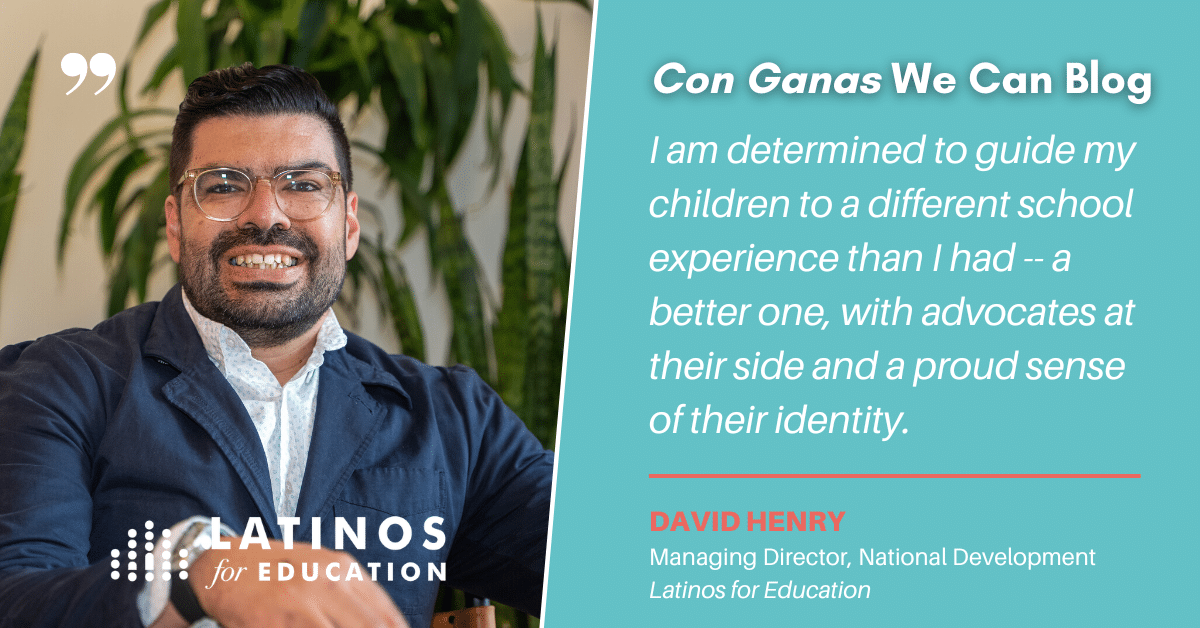Writing a cultural immersion project paper requires students to conduct research on a specific culture, engage in firsthand experiences, and present their findings in an informative and thoughtful manner. By following a step-by-step process, students can create a well-rounded paper that showcases their understanding and appreciation for the culture they have explored.
This guide provides helpful tips and strategies to assist students in successfully completing their cultural immersion project paper.

Credit: www.abroaderview.org
Understanding The Cultural Immersion Project
When it comes to writing a cultural immersion project paper, it is essential to have a clear understanding of what this project entails. Cultural immersion is the process of fully immersing oneself in a different culture to gain a deep understanding of its customs, traditions, language, and way of life. This project is usually undertaken by students as part of their coursework, allowing them to explore and analyze a specific culture in detail.
Importance Of Cultural Immersion
Understanding the importance of cultural immersion is vital before embarking on this project. Engaging in cultural immersion provides students with a unique opportunity to broaden their perspectives, develop a deeper appreciation for diversity, and enhance their cross-cultural communication skills. By immersing themselves in another culture, students can experience firsthand the challenges, joys, and complexities that shape the cultural identity of a community.
Moreover, cultural immersion allows students to break free from stereotypes and preconceived notions, enabling them to develop a more nuanced and empathetic understanding of different cultures. It promotes intercultural competence, which is increasingly valuable in our globalized world, ensuring that students are well-prepared to navigate diverse environments and collaborate effectively with individuals from various cultural backgrounds.
Key Components Of Cultural Immersion Project
A cultural immersion project typically consists of several key components that students need to consider when writing their project paper:
- Research and planning: Students should conduct thorough research about the selected culture, including its history, traditions, language, and societal norms. Proper planning ensures that students have a structured approach to their cultural immersion experience.
- Fieldwork and observation: Students must immerse themselves in the culture they are studying, observing and participating in cultural activities, events, and interactions. This hands-on experience is crucial for gaining a deep understanding of the culture.
- Interviews and conversations: Engaging with members of the culture through interviews and conversations provides valuable insights and personal perspectives. These interactions help students gather firsthand information and anecdotes for their project paper.
- Reflection and analysis: Throughout the cultural immersion project, students should reflect on their experiences and analyze the cultural nuances they have observed. It is essential to critically analyze these observations to form meaningful conclusions about the culture.
- Documentation and presentation: Finally, students need to document their cultural immersion experiences and write a comprehensive project paper. This paper should include their research findings, observations, insights, and analysis.
By incorporating these key components into their cultural immersion project, students can ensure a well-rounded and comprehensive exploration of the chosen culture. This depth of understanding will be reflected in their project paper, resulting in a meaningful and impactful analysis of the culture.
Remember, writing a cultural immersion project paper requires careful planning, research, and engagement with the culture. By fully immersing yourself in the selected culture and following the key components mentioned above, you can produce a well-crafted project paper that showcases your knowledge and understanding of the culture.
Preparation And Research
For students writing a Cultural Immersion Project paper, thorough preparation and research are crucial. Gathering relevant information about the chosen culture and conducting interviews are essential for a well-rounded understanding. A comprehensive review of credible sources will ensure a well-informed and insightful paper.
Choosing A Culture To Immersed In
One of the first steps in preparing for a cultural immersion project paper is choosing a specific culture to immerse yourself in. This decision is crucial as it will determine the focus and direction of your research. So, how do you choose a culture? Here are a few steps to follow:
- Start by exploring your own interests and passions. Consider the cultures that fascinate you and align with your personal or academic goals.
- Research various cultures and make a list of potential options.
- Next, narrow down your options by considering factors such as accessibility, available resources, and feasibility of conducting research.
- Finally, choose a culture that you feel genuinely excited and motivated to learn more about.
By following these steps, you can ensure that you select a culture that will captivate your interest and make your research journey more enjoyable.
Conducting Background Research
Once you have chosen a culture to immerse yourself in, it’s time to dive into the world of background research. This step is crucial as it will provide you with a solid foundation of knowledge on your chosen culture. Here are some tips to help you conduct effective background research:
- Start by gathering information from reliable sources such as books, academic journals, and reputable websites. Remember to critically evaluate the credibility of the sources before using them in your paper.
- Make use of online databases and libraries to access a wide range of resources.
- Seek out expert opinions and interviews with individuals who have firsthand experience or expertise in the culture you are studying. These insights can provide valuable perspectives and enrich your research.
- Take notes and organize your research findings in a systematic manner. This will help you keep track of your sources and make it easier to incorporate the information into your paper.
Remember, thorough and comprehensive background research is essential for producing a well-informed and insightful cultural immersion project paper.
Engaging In Practical Immersion
Engaging in practical immersion is an essential aspect of a cultural immersion project. This experiential learning approach allows students to develop a deep understanding of a culture by actively participating in various aspects of the community, enabling them to gain insights that would be inaccessible through traditional research methods.
Living In The Culture’s Environment
A critical component of practical immersion is living in the culture’s environment. This involves residing within the local community, which provides students with firsthand exposure to the cultural practices, daily routines, and social interactions of the people. By immersing themselves in the environment, students can observe, learn, and experience the nuances of the culture on a day-to-day basis, fostering a deeper and more authentic understanding of the community.
Participating In Cultural Activities
Another key aspect of practical immersion is participating in cultural activities. This involves engaging in events, ceremonies, festivals, and other communal gatherings that are integral to the cultural fabric. By actively participating in these activities, students can interact with locals, partake in traditions, and gain firsthand experiences that contribute to a richer understanding of the cultural values, customs, and traditions.
Documentation And Analysis
Writing a cultural immersion project paper involves careful documentation and analysis of your research findings. This guide provides students with step-by-step instructions on how to effectively gather and present information about a specific culture, ensuring a comprehensive and insightful final paper.
Note-taking And Journaling
In order to effectively document and analyze your cultural immersion experiences, it is crucial to develop good note-taking and journaling habits. These practices will not only help you remember important details but also assist you in identifying patterns and themes throughout your project. Here are some tips to enhance your note-taking and journaling process:
- Carry a notebook or use a note-taking app on your smartphone to record observations, conversations, and any significant information that stands out during your cultural immersion experience. This will ensure that you capture details accurately and in a timely manner.
- Organize your notes by creating different categories or sections based on themes or topics related to your project. This will help you find specific information quickly when you need it.
- Use bullet points or short sentences to summarize your observations. This will make it easier to review and analyze your notes later.
- Include timestamps or dates in your notes to maintain a chronological record of your experiences. This will allow you to trace the evolution of your understanding and perceptions throughout your cultural immersion project.
- Consider using a reflective journal to capture your personal reflections and emotions that arise during your cultural immersion experience. Reflecting on your own reactions and thoughts can provide valuable insights into the cultural context you are exploring.
By adopting these practices, you will be able to maintain a comprehensive record of your cultural immersion project and find the most relevant information to support your analysis.
Reflecting On Personal Experiences
Reflecting on your personal experiences is an essential part of the documentation and analysis process for your cultural immersion project. It allows you to gain a deeper understanding of the cultural context and its impact on your own perspectives. Here are some tips to help you reflect on your personal experiences:
- Allocate dedicated time for reflection, preferably at the end of each day or significant cultural encounter. This will help you process your thoughts and emotions while they are still fresh in your mind.
- Ask yourself questions that encourage self-reflection, such as “How do my preconceived notions about this culture influence my interactions?” or “What challenges or surprises have I encountered today?”
- Use your reflective journal to write down your thoughts and reactions. Express yourself freely and openly, without judgment. This will enable you to gain deeper insights into your own biases and assumptions.
- Consider seeking feedback from your peers or project mentors. Sharing your reflections with others can provide different perspectives and enrich your overall learning experience.
- Periodically review and analyze your reflections to identify recurring themes or patterns. Look for connections between your personal experiences and the broader cultural context you are exploring.
By engaging in reflective practices, you will be able to critically analyze your own cultural immersion experiences and gain a deeper understanding of the culture you are studying. This will ultimately enhance the quality and depth of your cultural immersion project paper.
Writing The Project Paper
Writing a cultural immersion project paper can be a daunting task for students. This comprehensive guide provides step-by-step instructions on how to approach and successfully complete this project, ensuring a well-researched and engaging paper on cultural immersion.
Structuring The Paper
When it comes to writing the project paper for your cultural immersion project, it is essential to create a well-structured and organized document that effectively communicates your research findings and insights. A clear and logical structure will help guide your readers through the paper and ensure that your main points are effectively presented.
To structure your project paper, consider the following:
- Introduction: Begin with an engaging introduction that provides background information on the culture you immersed yourself in and introduces the purpose of your project.
- Methodology: Explain the methods you used to conduct your research, including any interviews, observations, or surveys.
- Findings: Present the main findings and insights you gained from your cultural immersion experience. Use tables or bullet-points to summarize your findings for easier understanding.
- Discussion: Analyze and interpret your findings, drawing connections to existing literature and theories related to the culture you studied.
- Conclusion: Summarize the key points of your paper and discuss the broader implications of your research.
- References: Include a list of all the sources you utilized in your research paper. Follow the appropriate citation style guidelines.
By following this structured approach, you can ensure that your project paper is well-organized and easy for your readers to navigate, helping them understand the significance of your research findings.
Incorporating Research And Insights
Writing a successful project paper requires thorough research and the incorporation of your insights gained from the cultural immersion experience. This not only demonstrates your understanding of the culture but also adds credibility to your findings.
Here’s how you can effectively incorporate research and insights into your paper:
- Start by conducting comprehensive research on the cultural aspects you wish to explore. Use reputable sources such as academic journals, books, and authoritative websites.
- While writing, integrate your research findings with your own observations and experiences during the cultural immersion. Provide specific examples and anecdotes to support your insights.
- Consider using visual aids such as charts or graphs to present data or statistics related to the culture. This enhances the visual appeal of your paper and makes complex information easier to understand.
- Remember to critically analyze and interpret your findings rather than simply presenting them. This allows you to add depth and perspective to your insights.
By effectively incorporating research and insights, you can create a compelling project paper that showcases your understanding of the culture and highlights the unique perspectives you gained from your cultural immersion experience.

Credit: www.kingseducation.com

Credit: unesdoc.unesco.org
Frequently Asked Questions On A Guide For Students: Writing A Cultural Immersion Project Paper
Q: What Is A Cultural Immersion Project Paper?
A: A cultural immersion project paper is a research project where students immerse themselves in a specific culture to gain a deep understanding of its customs, traditions, and values. They document their experiences and insights in a written paper.
Q: How Do I Choose A Culture For My Immersion Project?
A: When choosing a culture for your immersion project, consider your interests, available resources, and accessibility. Research cultures that intrigue you, have resources for study, and are accessible for immersion opportunities.
Q: What Are Some Examples Of Cultural Immersion Projects?
A: Examples of cultural immersion projects include living with a host family in a foreign country, volunteering in a local community center, attending traditional events, interviewing community members, and studying the cultural practices and beliefs of a particular group.
Q: How Do I Conduct Interviews For My Cultural Immersion Project?
A: To conduct interviews for your cultural immersion project, approach individuals who are knowledgeable about the culture you are studying. Prepare relevant questions, be respectful of their time and expertise, and document their responses accurately.
Conclusion
In writing your cultural immersion project paper, remember to showcase your personal experiences and reflections. Emphasize the impact of the new culture on your mindset and provide concrete examples to support your analysis. Allow your unique voice to shine through your writing.
Consider the call to action and encourage readers to embrace cultural diversity and understanding.


Leave A Comment